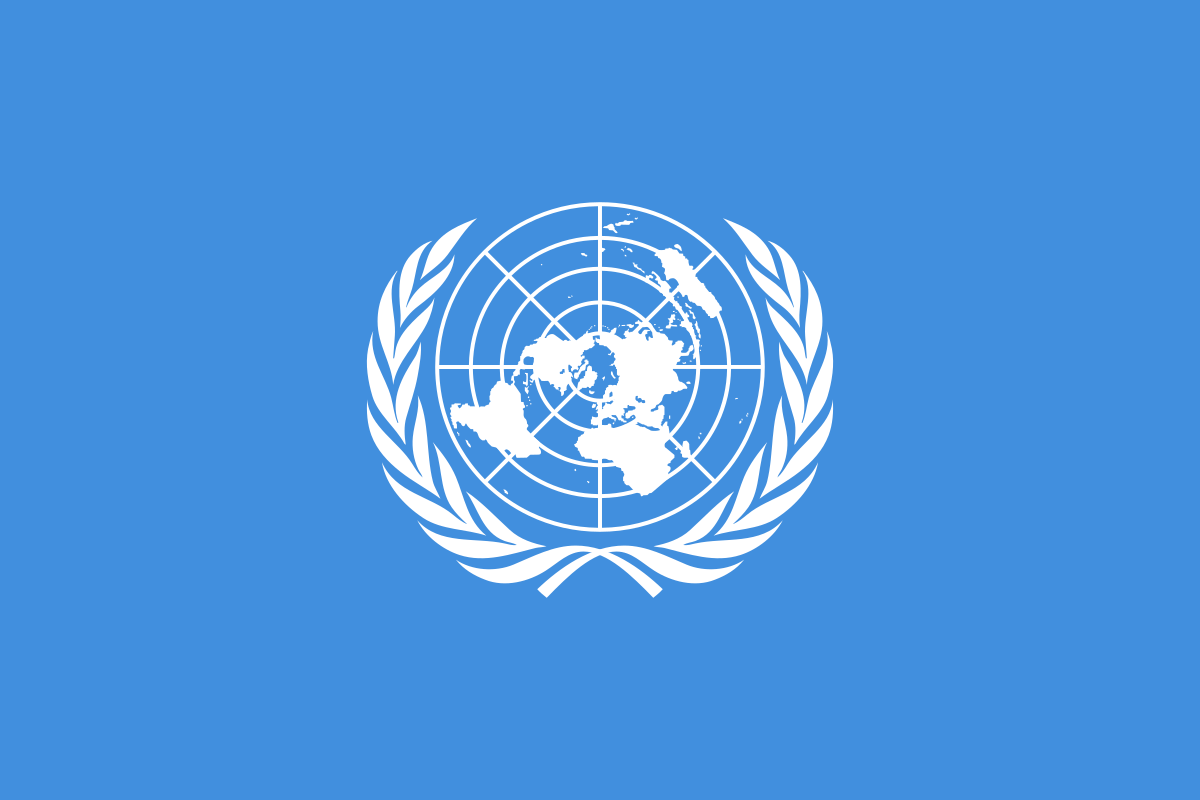Article
United Nations adopts first resolution on vision
Author(s):
The organization hopes to help 1 billion people worldwide, committing the international community to improve vision for 1.1 billion people living with preventable vision loss by 2030.

In an effort to improve access to eye care around the world, the United Nations General Assembly has approved its first-ever resolution on vision, urgings the organization’s 193 member nations to ensure access to care for their populations.
In a release, the UN noted that its “Vision for Everyone” resolution was sponsored by Bangladesh, Antigua and Ireland, and co-sponsored by over 100 countries. It was adopted late last month by a consensus by the UN.
In a separate release, the Vision Impact Institute lauded the UN’s adoption of the resolution, calling it a major step forward for vision correction, this resolution commits the international community to improving vision for 1.1 billion people living with preventable vision loss by 2030.
"This resolution is a much-needed step to ensure that good vision is accessible to all," Kristan Gross, global executive director of Vision Impact Institute, said in the release. "As vision advocates, we have worked for years in partnership with others to ensure that vision is pivotal in the global development conversation. This unanimous decision is a testimony to the power of partnerships and coalitions that believe good vision is key to unlocking human potential."
The UN resolution also is encouraging nations to adopt a “whole of government approach to eye care.” It also is urging international financial institutions and donors to provide targeted financing, especially for developing countries, to address the increasing impact of vision loss on economic and social development.
“Global eye care needs are projected to increase substantially, with half the global population expected to be living with a vision impairment by 2050,” according to the resolution.
This is particularly true amid the COVID-19 pandemic, as investigators study the impact of the virus on the eye. The wearing of masks also may have long-term impacts on the visions of millions of people of all ages.
The resolution also encourages the World Health Organization and other groups to support vision efforts.
The resolution also requests that the secretary-general “take the steps necessary to effectively coordinate and follow up on the implementation of the present resolution and, in this regard, to consider briefing the General Assembly on its implementation, as appropriate.”
Newsletter
Don’t miss out—get Ophthalmology Times updates on the latest clinical advancements and expert interviews, straight to your inbox.




